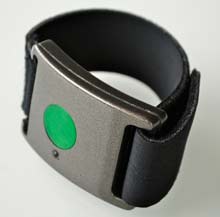A recent postulate believes we are in a universe that is just a hologram. This is coming from physicist Craig Hogan.
Hogan has done his math and thinks he can prove that the universe is just one big hologram. It’s in the math, so is it true? Well, at Fermilab’s largest laser laboratory, we can figure out whether this is true or not. The measuring device is being dubbed “holometer.”
It has often been postulated that we lived in a weird universe. Ideas of how unsmooth space-time can get has been considered by many scientists such as Stephen Hawking. Think of the universe as a digital camera. As you zoom in, it becomes increasingly pixelated. The same concept can be applied to our universe. There seemed to be “pixilation” in a German experiment that tried to measure gravitational waves.
So what is the design? It’s a lot like a classical inferometer, an apparatus that measures interference of light sources. This inferometer will be scaled a lot bigger than a classical one. The arms of the holometer are going to be 40 metres long, to increase the uncertainties of the apparatus. If the values still return to what the mathematics predict, then we are holographic!

